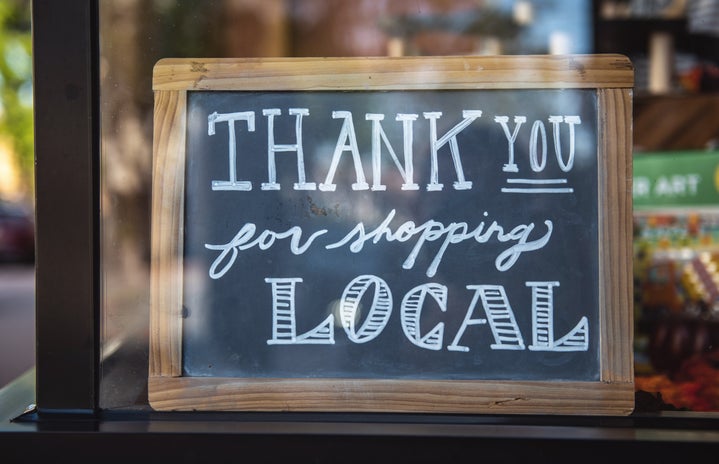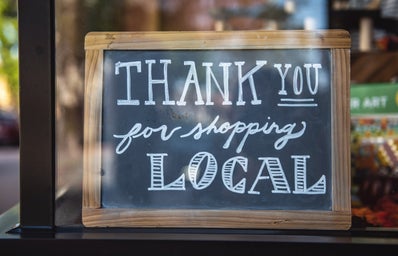This past week I had the immense pleasure of interviewing a local, Kanaka Maoli (Native Hawaiian) lei maker named Chaleia Tamashiro. We had a wonderful conversation about the art of lei making, Hawaiian culture, and her life growing up on O’ahu.
Our Talk Story Time
Shae: Where or from whom did you learn to make leis?
Chaleia: I started dancing hula at age six, and I was dancing for my auntie, who taught hula. Then I danced at a hula halau called Hula Halau O Kamuela, and when you dance hula, you have to make your own leis and your own hairpieces.
“When you dance hula, you have to make your own leis and your own hairpieces”
Chaleia Tamashiro
C: All of the florals that are worn during hula, the dancers make themselves.
It was at her hula halau that she began her business by selling her leis to her “hula sisters” who did not want to make their own leis.
Chaleia told me about how growing up, it was just her and her grandmother. Chaleia said how her grandmother was super supportive of her and her passions, and how her grandmother was the only one in her family who kept up with the Hawaiian culture. It was Chaleia’s grandmother who taught her how to make lei po’o (flower crown) after Chaleia herself made a bunch of leis.
“I had no phone, no TV to watch…it was just me and my grandma…I had time, and I had leaves, and I was bored”
Chaleia Tamashiro
The leaves she was referring to were Ti leaves, which she uses to create the leis she makes. Chaleia said that it was during this time in her life that she taught herself the best braiding techniques for leis using the Ti leaves from the plants that were planted for her by the side of her home.
C: I didn’t originally want to sell [leis] but my grandma got sick, and she still wanted me to keep making leis because I am the only one in the family who can chant in Hawaiian…she just put it in me.
The chants that Chaleia mentioned she uses for a healing practice, for energy, for ceremonies, and for love and aloha. These chants are also used for hula and for keeping the Hawaiian culture alive.
Chaleia also spoke about how different it was to be raised with Hawaiian traditions and about what some of those differences were. She was educated by her grandma about the real Hawaiian history, about how to make sure that she kept up with the Hawaiian culture, and that she must ask permission of the gods and the land to use the resources the ‘āina (the land) provides.
“I am so rooted and so determined because you grow up with so many people who just bypass everything…and [Grandma] taught me the real values, and that you have to ask permission from the land to use it, and to make sure that you give back”
Chaleia Tamashiro
Chaleia also told me about a time when she struggled balancing her business making leis and her job at a smoke shop in Honolulu called Pipeline.
C: Three years ago, when Pipeline was closing at 11, I used to have to make leis before my shift and after my shift, and it was stressful. I was going through a lot, and I wanted to give up. Give up on making leis because I was so stressed out from working open to close. One day, I was out of Ti leaves, and I forgot I had an order to finish. Then I remembered that when I was hiking in Kalihi, I remembered a tree of Ti leaves. It was so dark, and I was crying, and I didn’t know how I was going to pick out the good leaves. I remember feeling in my soul like, ‘what am I doing? I’m tired. Why am I working so hard?’ Then out of nowhere, this old Hawaiian lady walked up to me, and she said “excuse me, do you need these?” and she was holding a tree of Ti leaves. And I said, yes I would love those. And I went back to put them in my car, and when I came back, she was gone. There were no houses around. There was nowhere around where she could have gone where I couldn’t have seen her. And then I remembered the stories my grandma would tell me about Pele. Pele would test the people in three forms. A white dog, an old Hawaiian woman, a beautiful Hawaiian woman. And when that happened to me, I felt that there was no other explanation other than that it was Pele. And she gave me the push I needed to keep making leis.
Q & A
S: What is the name of your business?
C: Chalayleis
S: Where did the name come from?
C: My name is Chaleia, but I’ve always been called Chalaylay, so I just kept the nickname and used it for my business!
S: How long have you been making leis for?
C: I’ve been making leis for twelve years.
S: What is a Kupe’e?
C: It is a wrist or ankle bracelet.
S: What is a Haku lei?
C: A Haku is a traditional Hawaiian lei that is traditionally braided with Ti leaves in a three-way braid. A lei po’o is similar, but it is woven with raffia or some kind of string or weaving material, like yarn.
S: What occasions do you wear leis for?
C: You wear leis for birthdays, graduations, weddings, proposals or engagements, welcomes home or to the island, for ceremonies, hula performances, for blessings, and they’re used for happy vibes. Leis are for when people are happy.
S: Are there any specific occasions when you wear specific leis?
C: Traditionally, men wear the maile style leis, and women usually wear lei po’o. Leis were more used for the ali’i, the royal family or the king, in the past.
S: What goes into making leis?
C: Local flowers and leaves from farms in Kaneohe so that I’m giving back to local farms. Upcycled materials [like] shipping straps from boxes. And blessings so you can keep them in your house as a blessing.
S: Can anyone learn how to make leis?
C: Anyone and everyone can and should learn how to make leis! I highly recommend [it] to everyone. When you learn about this, you learn about yourself. The making process is a meditation. You think about your intentions. You make something from your own thoughts, your own taste, and your own brain.
S: Can you tell us about any upcoming workshops?
C: I have a lei po’o workshop, but the date is to-be-determined, and a maile style workshop on March 12th. Each workshop is $50, but I do private lessons on request.
At her workshops, Chaleia provides all of the materials for each person to create their own lei. If you want to take a look at her work, you can check out her Instagram at @chalayleis.


